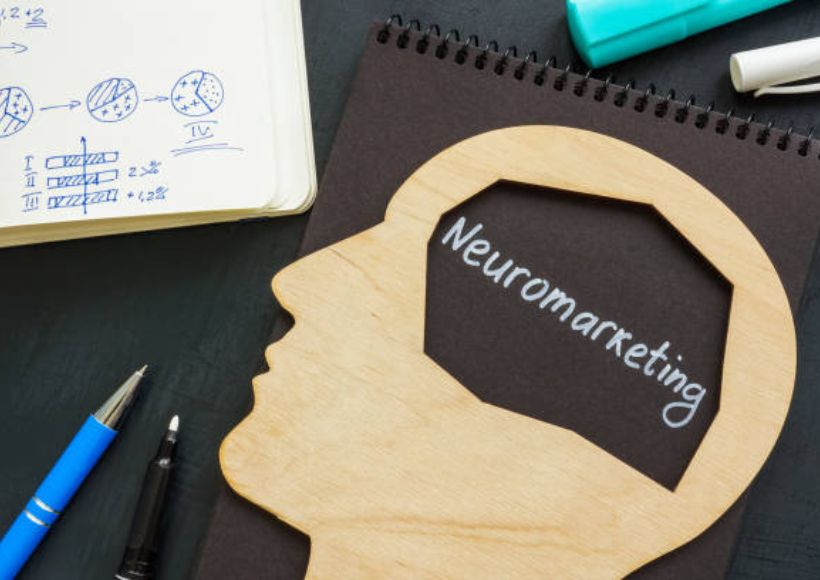Neuromarketing, How To Apply It

What Is Neuromarketing?
Neuromarketing, How To Apply It: A priori, it may seem to us that it is a mental manipulation technique or something similar, but nothing is further from reality.
Its definition as such is a discipline that studies and predicts the behaviors and reactions generated by marketing practices. It is about the application of neuroscience technologies to marketing.
Neuromarketing requires multidisciplinary knowledge in different fields, such as Marketing, psychology, or economics, to understand and know the application’s usefulness and obtain results.
Marketing is an exchange of resources used to satisfy the needs of people. Some techniques and tools allow us to know which stimuli are more influential in people, such as when we pay more attention to a graph or where we pay more attention when we visit a store. Web.
In Marketing, all these elements are collected to stimulate customers’ senses, and brands manage to attract people’s attention since they will have a greater power of attraction.
Neuromarketing allows us to know this information. Although it is not one of the most developed parts of marketing, from a few years to now, it is acquiring a more significant weight within the strategies for different companies.
This opens up a new path of knowledge, giving us a new way of approaching consumers through their emotions since it is essential when making decisions rationally.
Between 80% to 95% of our purchasing decisions are unconscious, so research of this type applied to marketing helps us understand consumers’ behaviors and reactions to specific actions.
Types Of Neuromarketing
1. Auditory
refers to the sounds of memories and the association of an advertising application or, for example, hearing the crunch of a chocolate bar in an advertisement, which causes us a pleasant sensation.
2. Visual:
The consumer receives all those images creating an impact on him, so remembering them will be easier.
3. Kinesthetic:
It is what is received through the senses, such as smell, taste, or touch. For example, the Packaging of a product or the smell of an establishment allows us to associate them and create a memory.
Customers are increasingly changing, and we must know the motivations to get closer to them.
Examples Of Neuromarketing
We can find the application of this discipline in the following:
How to set prices: if we use 0.99 or 0.95, it will seem like a ridiculous decrease at first glance of only a few cents, but in mind, it gives us a feeling of low cost. It is prevalent to find this technique in most establishments or virtual stores.
Location of products: in establishments such as supermarkets, essential products are usually placed at the end, and those that need to be sold at the beginning. Also, those with a higher cost are usually at eye level.
Psychology of color: specific colors influence our states of mind, such as green, which is related to nature or health, and black is associated with elegance and mystery, which is why it is increasingly considered when designing physical spaces on websites or advertising.
Music can also launch us into a quick purchase or, on the contrary, if we are stressed, calm music will help us; on the contrary, thunderous music will speed up our departure.
Neuromarketing is a discipline in which there is much to explore and can provide solutions, answers, and improvements for companies.
Knowing what consumers like and don’t, their choice process before purchase, or how they react to different advertisements will give us a lot of knowledge about consumer trends. We can obtain direct results in our company thanks to the knowledge that these tools give us. They provide.
We have seen what it is and some examples of applying it, although there is much more that we will tell in future publications.
Also Read: What Are Cookies, And What Are They For?




